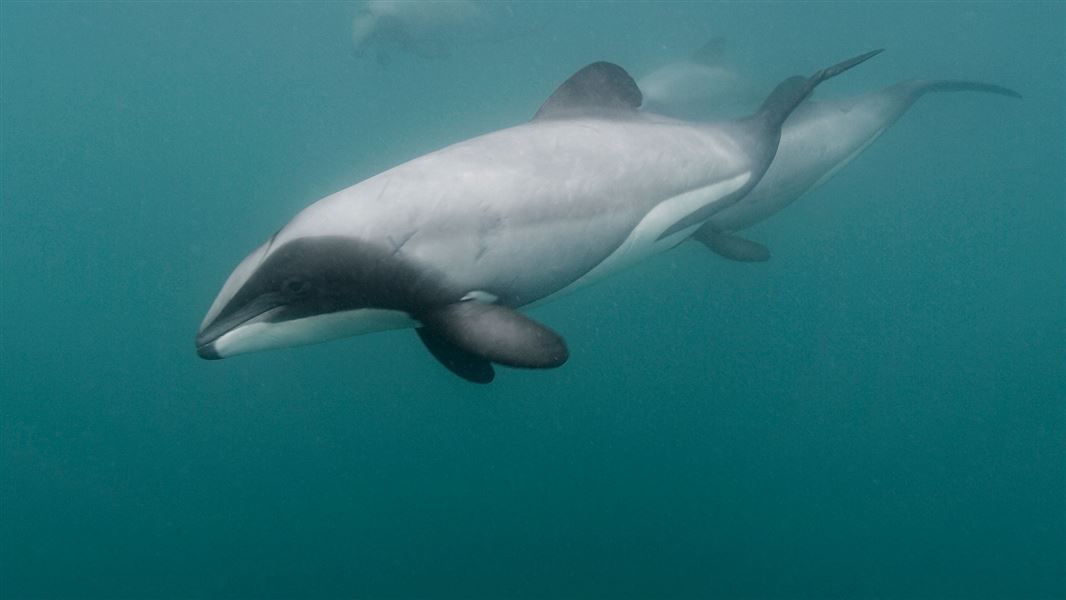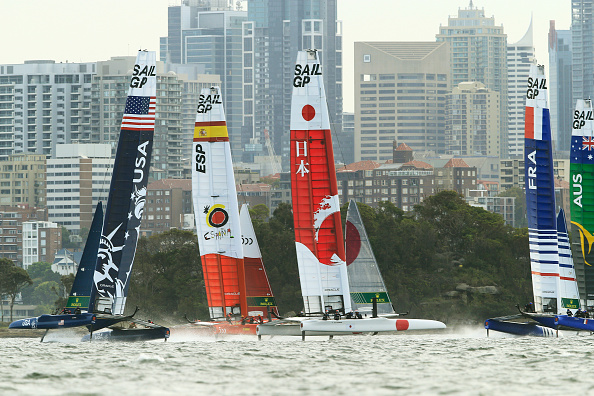
The second season penultimate event of the SailGP will be held on Lyttelton Harbour next January, with hydrofoiling catamarans and the world's best sailors set to go head-to-head.
But the waters are home to Hector's dolphins - and up to 30 of them could be in the harbour during the event.
A protection event plan specifically for the mammal is currently being developed, with input from Te Hapu o Ngāti Wheke, marine mammal scientists, and Department of Conservation technical experts.
NZ Whale and Dolphin trustee Professor Steve Dawson said the catamarans can hit a speed of up to 50 knots and it would be catastrophic for the dolphin should a collision occur.
He has studied Hector's dolphins for almost 40 years and is on the advisory group that will evaluate SailGP's plan to reduce and mitigate risks to them during the event.
"We understand that SailGP is committed to offsetting risks posed by the event by increasing public awareness of the dolphins and their challenges, and by advocating for better conservation solutions," Dawson said.

"If dolphins were to be struck by fast-moving boats during racing, there is the potential for serious injuries or even fatalities," Mahaanui operations manager Andy Thompson said.
Work on the management plan began recently so he said it is too early to talk about specific mitigation approaches that may be used.
"We are hopeful measures can be put in place that will keep the Hector's dolphins safe while allowing the event to go ahead successfully.
"We have been impressed by the organisers' genuine engagement and commitment to keeping marine life safe during the event."
Hector's dolphin is a distinctive small species of dolphin with a rounded dorsal fin and grey and white colouring. They can grow up to 1.5m long.
The total population is thought to be about 15,000, and is found around the South Island, particularly around Banks Peninsula, on the West Coast between Haast and Farewell Spit, and at Te Waewae Bay and Porpoise Bay/Te Whananga Aihe in the south.













